Age Discrimination at Google: A Corporate Social Responsibility Case
VerifiedAdded on 2022/09/27
|5
|1135
|22
Case Study
AI Summary
This case study examines age discrimination in the workplace, using Google's experience as a focal point. The analysis highlights the increasing trend of age discrimination, particularly impacting the baby boomer generation. It discusses Google's legal battles and settlements related to age discrimination, emphasizing the financial and legal costs associated with such practices. The study explores the role of leadership style and organizational culture in fostering or mitigating age discrimination, underscoring the importance of equitable treatment and diversity. It suggests practical solutions such as training programs, skill development, and mixed-age teams to promote a positive and inclusive work environment. The case also touches upon ethical considerations and the importance of corporate social responsibility (CSR) in addressing age-related issues, referencing relevant legal frameworks and the impact on employee morale, productivity, and brand image. The conclusion emphasizes the need for dynamic leadership and proactive measures to combat age discrimination, thereby fulfilling the organization's responsibility to its employees and the community.
1 out of 5
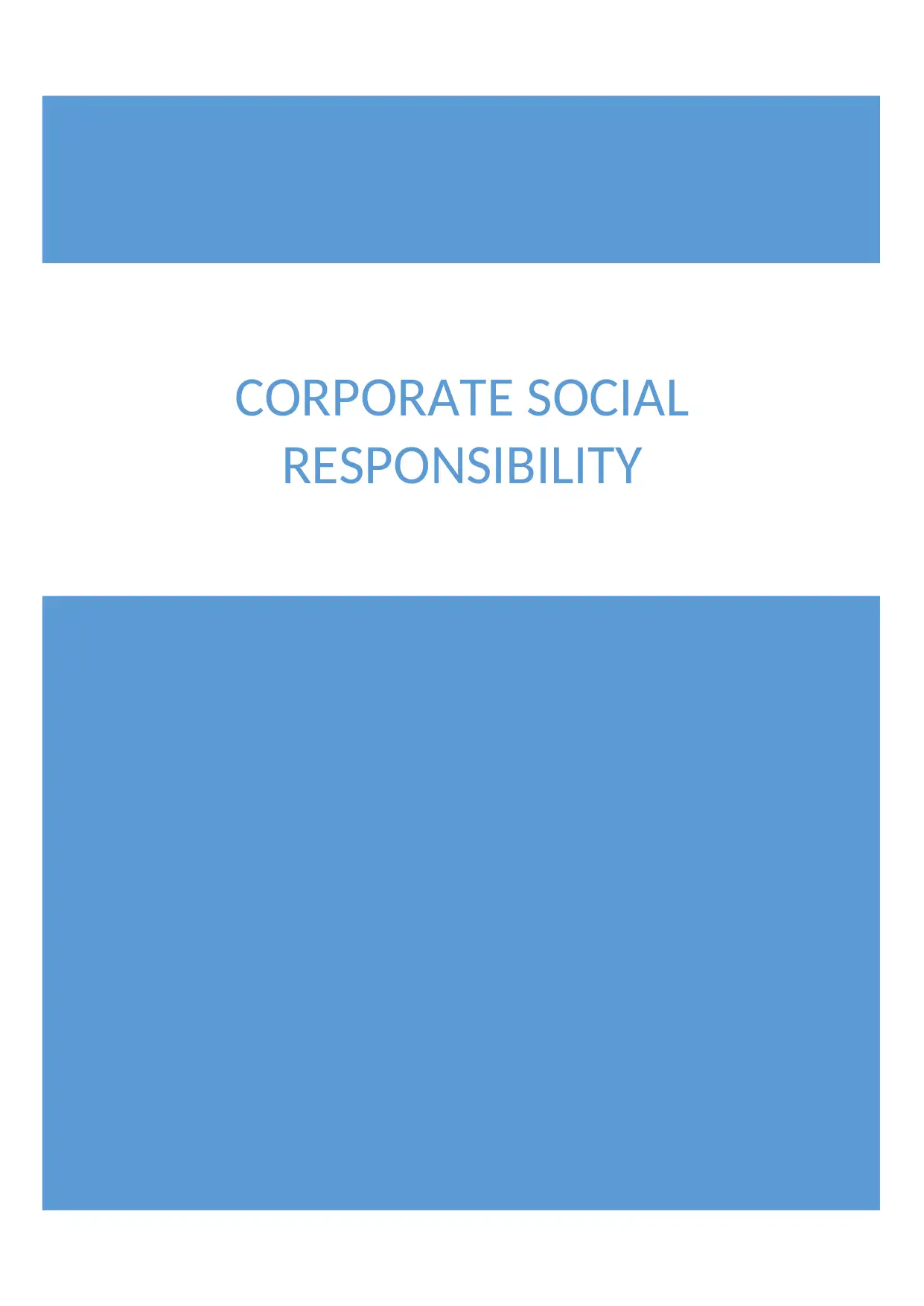
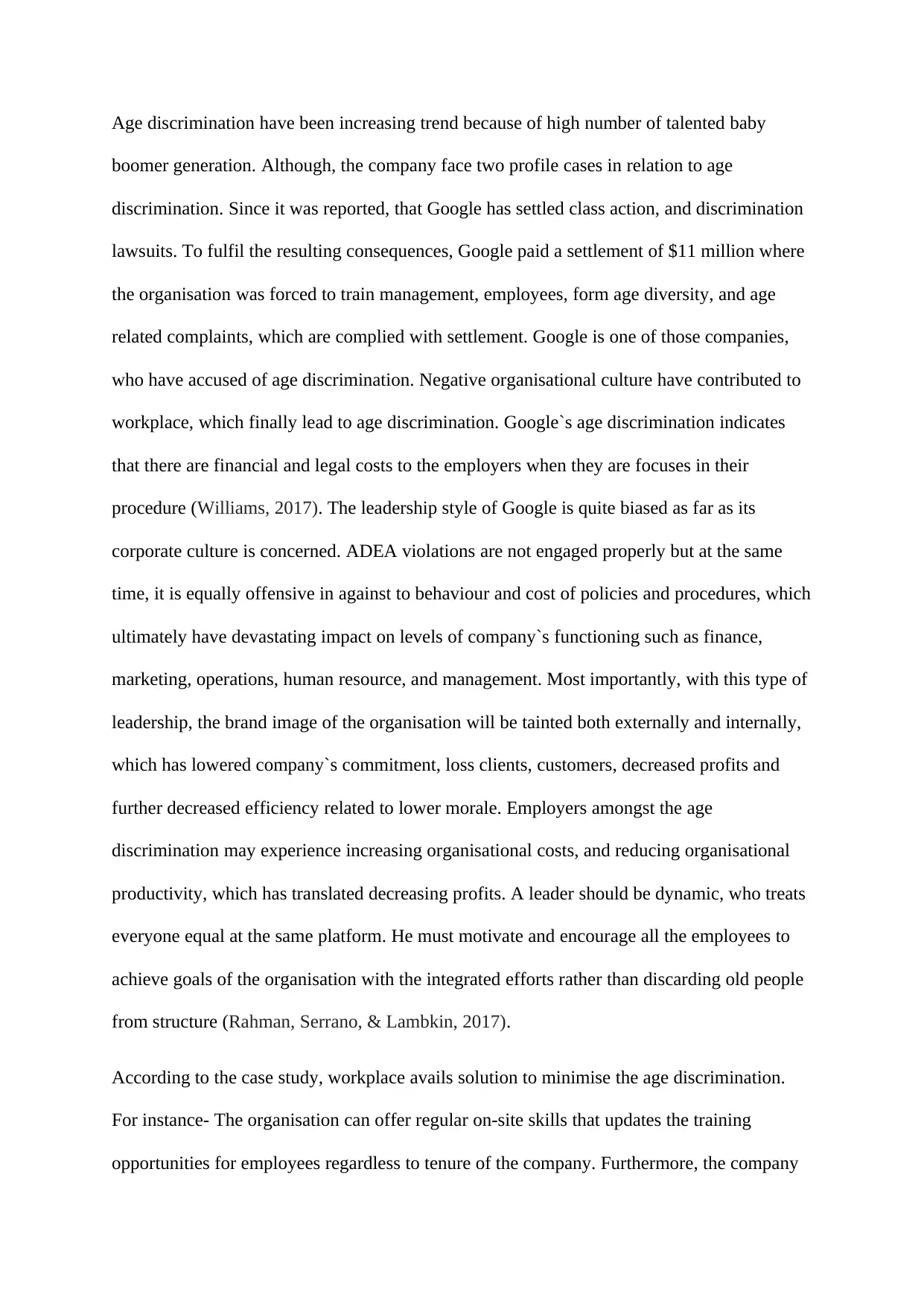
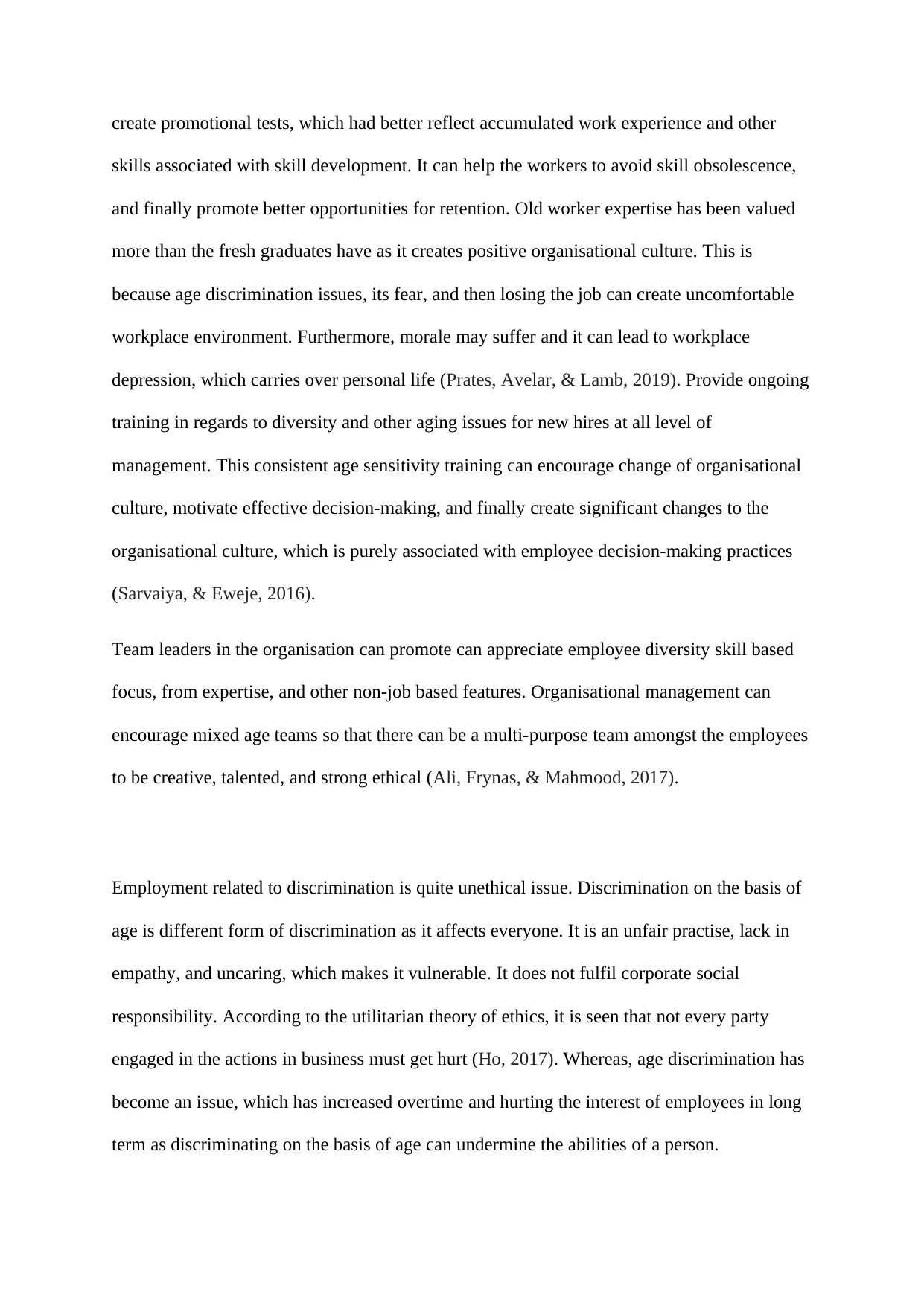

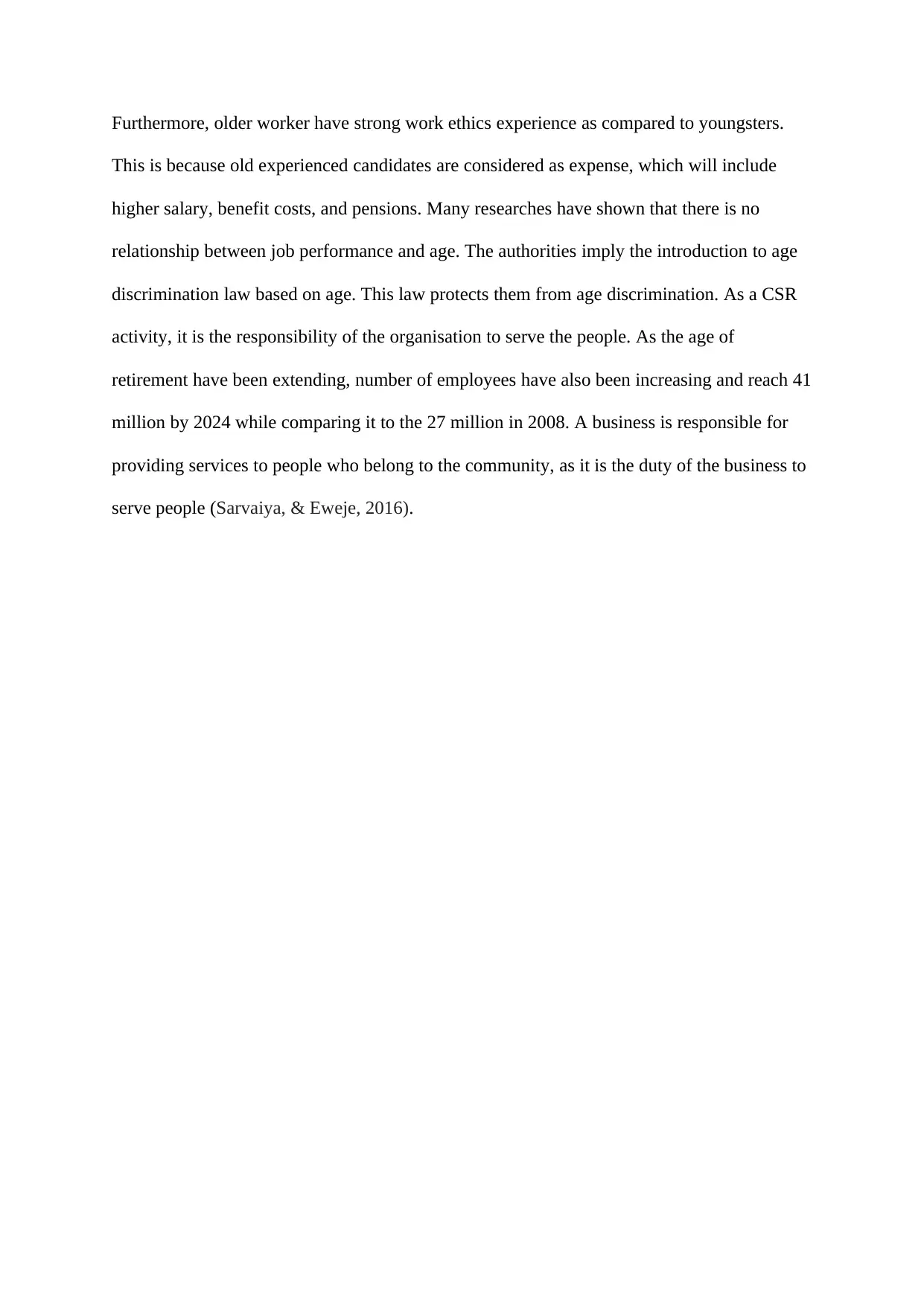
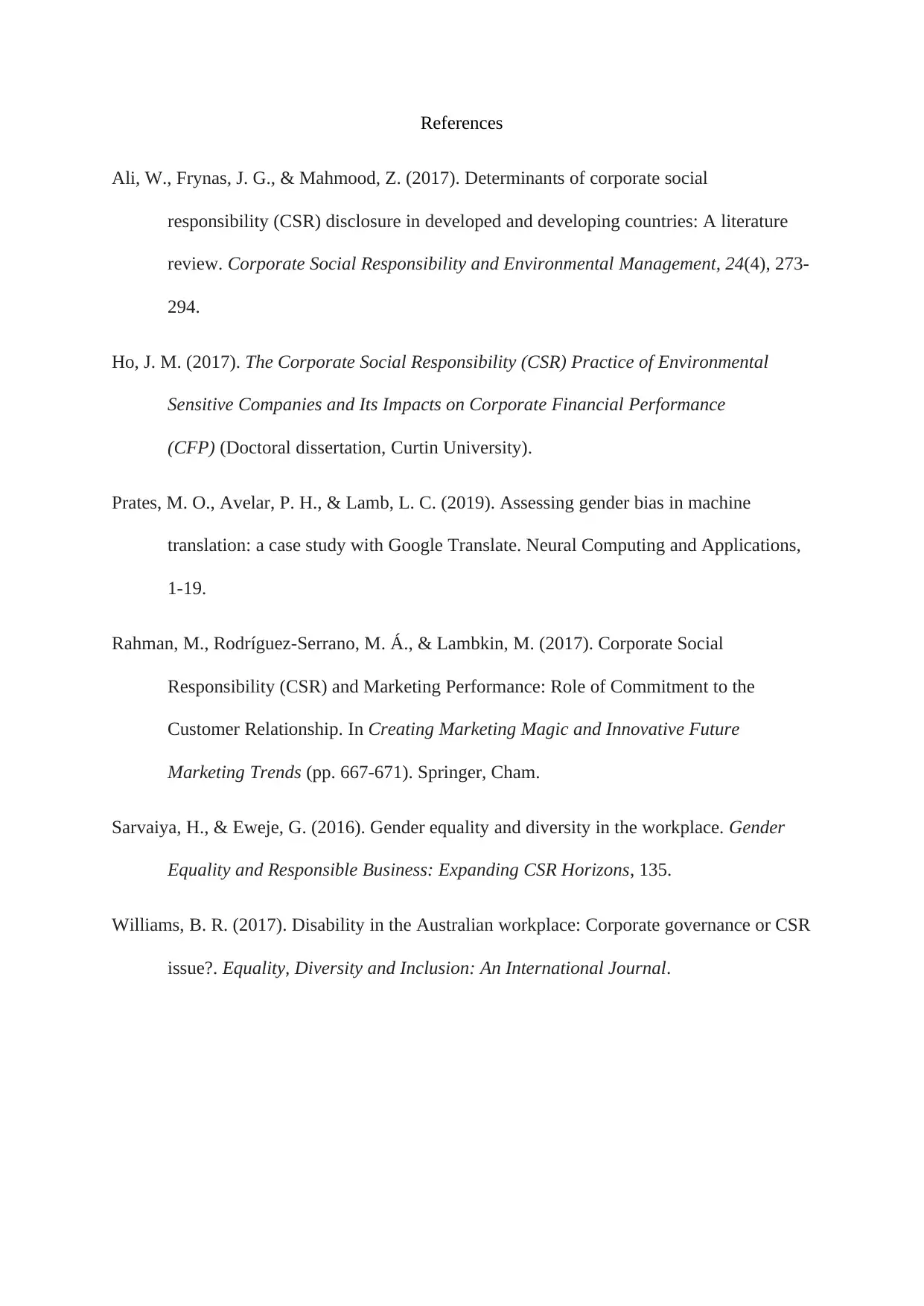






![[object Object]](/_next/static/media/star-bottom.7253800d.svg)